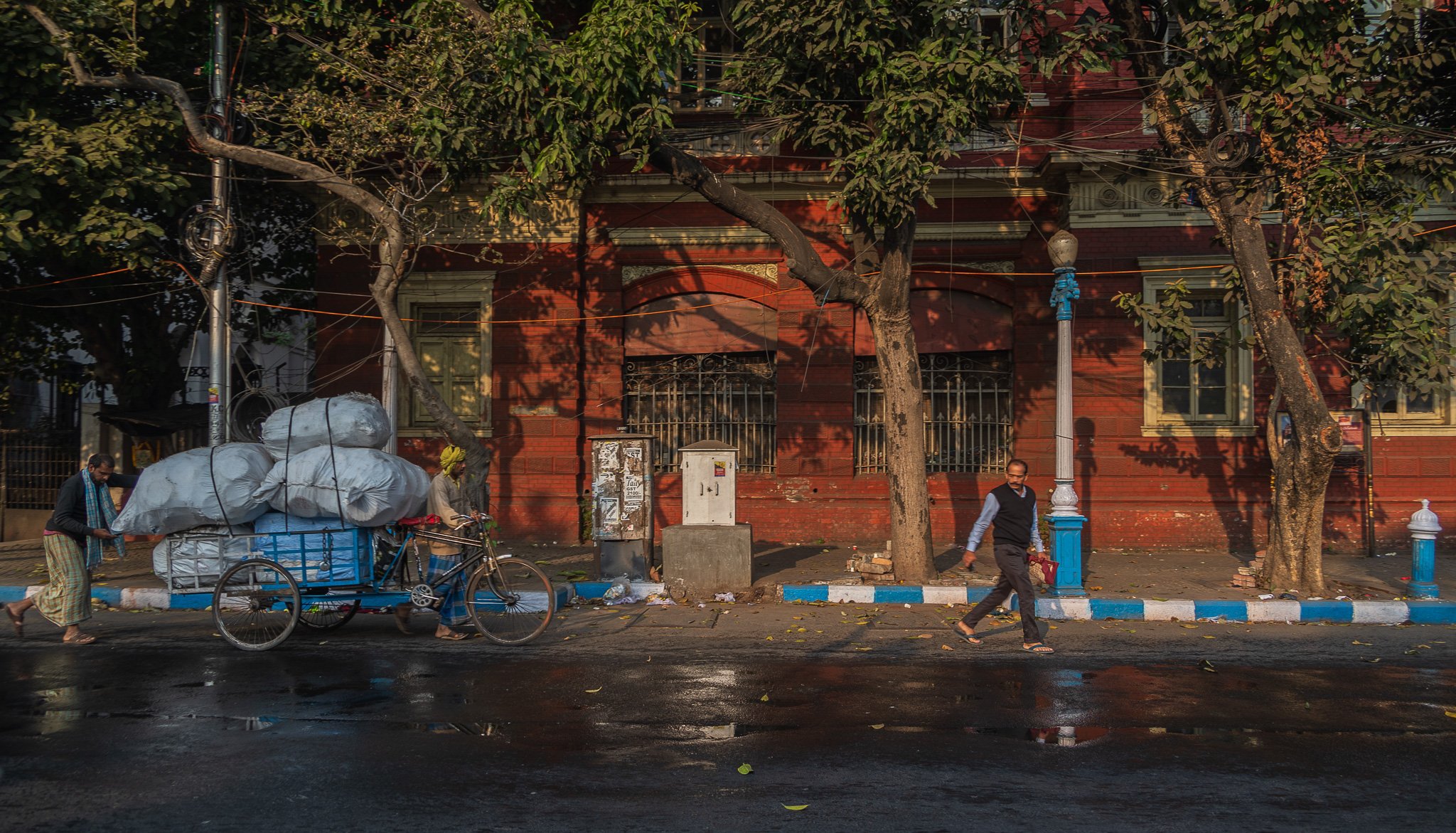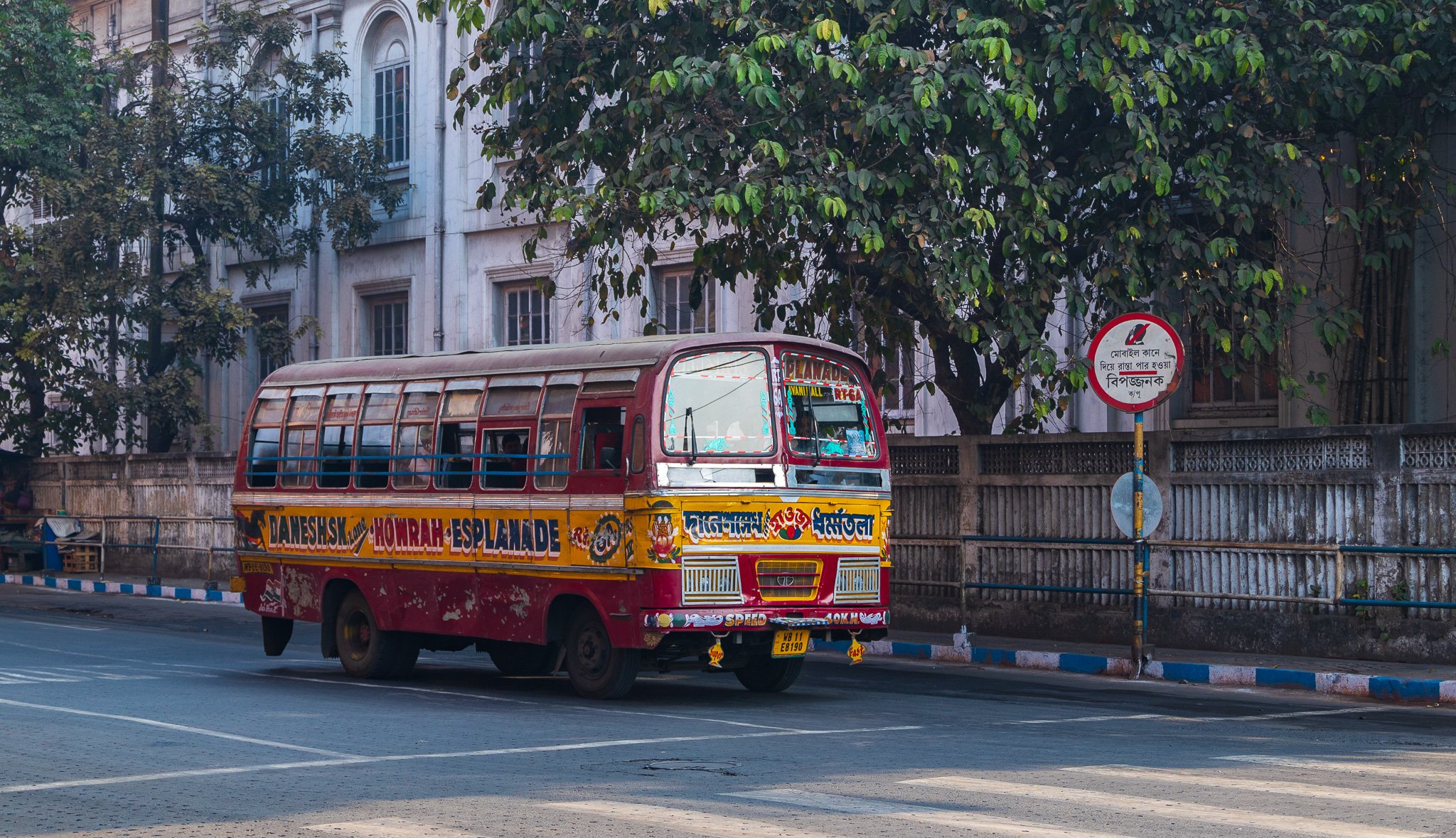During my stay at the luxurious Oberoi Grand Hotel in Kolkata, I spent my time planning day trips with the help of the renowned Concierge. Meanwhile, Karl was facing a different experience. He had fallen victim to theft, losing all his clothing and collectables accumulated during his journey thus far. It must have left him feeling quite discouraged. Unlike my lavish accommodation, Karl was forced to remain on the SS Bezwada a bit longer before being discharged.
“My first impressions of India were not of the best. The terrible heat, the howling of the wild animals, as we lay anchored off the mouth of the Hooghley river at night and the thieving proclivities of the small Indian boy makes one a bit prejudiced against India, ‘the brightest gem of England’s crown’ they call it. Calcutta is a peculiar place and since arriving here I have seen some interesting things about which I will write a line or so in my next letter to the Star.”
According to Karl's letter to the Montreal Star, his early experiences in India caused him to question the notion that India was "the brightest gem." From his vantage point aboard the SS Bezwada on the banks of the Hooghly River, he may not have immediately grasped India’s value for Britain in 1900. At that time, India was regarded as the "Jewel in the Crown" due to its importance as a prime location for trade in the East, as well as for its exceptional agricultural products, such as cotton, jute, tea, and sugar, being exported to fuel the production of secondary products in Britain.
Karl's visit to India occurred during economic prosperity over 300 years in the making. In 1600, Queen Elizabeth I established the British East India Trading Company. The company's monopoly on trade in the region was a significant factor in the growth of Britain's wealth. However, the Black Hole of Calcutta event prompted the company to expand its focus from trade to military expansion. As a result, Britain had multiple armies and over 200,000 soldiers, which facilitated greater control over the administration of India. By the mid-1800s, the British East India Company exerted its power to the extent that India became a colony of the Empire, and its capital, Kolkata (then known as Calcutta), was under British rule.
Dear Reader, if you were born before 1960 in Britain or any of her former colonies, you may recall the story of the "Black Hole of Calcutta" being recounted as a lesson in your history class. The incident occurred in 1756 when John Howell, a surgeon and employee of the British East India Company, reported that 146 Europeans, including himself, were imprisoned in a guardroom at Fort William on a Sunday evening. The room was only 18 feet wide, 18 feet long, and 12 feet high, and was lacking air and water, causing only 23 prisoners to survive by 6 am the following morning. The British public was outraged by this news, which led to the imposition of more substantial colonial rule as justified by Queen Victoria for British imperialism. However, the incident remains disputed, with some historians suggesting a maximum of 64 prisoners were sent to the Hole, and as few as 18 died.
Despite the controversy surrounding the details of the incident, the precise location of the guardroom is known to be in an alleyway between the General Post Office and another old colonial building. In a letter to Sister Mattie on October 20, 1900, Karl wrote: “I think you would be interested were you to look at this city - you remember “the black hole of Calcutta?” I saw the spot today the General Post Office stands right over it, and this letter you can say has been right over the spot, when those 100 or so Europeans were imprisoned”. The sentiment of expanded British Rule was the India of Karl's visit, a colony of Great Britain just like Canada and Australia at the time.
However, this is not the India of my travels.
India gained independence on August 15, 1947. This difference in our respective travels will inform the differing perspectives that Karl and I will have and will shape the sites and remnants of Imperial Britain that I encounter on my journey through India.
During my travels to Kolkata, I made it a point to visit the site of the former guardroom that represented the event which triggered the British Empire's retribution and the continued growth of their Imperial conquest. However, locating the “Black Hole of Calcutta” proved quite difficult, and once I did, there was nothing significant to see. The controversy surrounding the event and the recognition of the negative impacts of British colonisation in India have caused the site to be neglected. The only identification of the former General Post Office, located on the site, can be found on a small sign within a fenced enclosure resembling nothing more than a local garbage dump. Is it possible to interpret the scene as symbolic of India's view on the story of the Black Hole of Calcutta and the British Empire's impact on the country?
In my next update, I will explore colonial Kolkata. This time warp transports me back to the height of imperialism in India between 1880 and 1920, referred to as the "British Raj" or "British Rule".
Check out my recent travel feature about the Jems of Jordan
If you are new to the Karl Chronicles, get caught up on our expedition around the world! Start here with:100 highlights from 100 Chronicles







